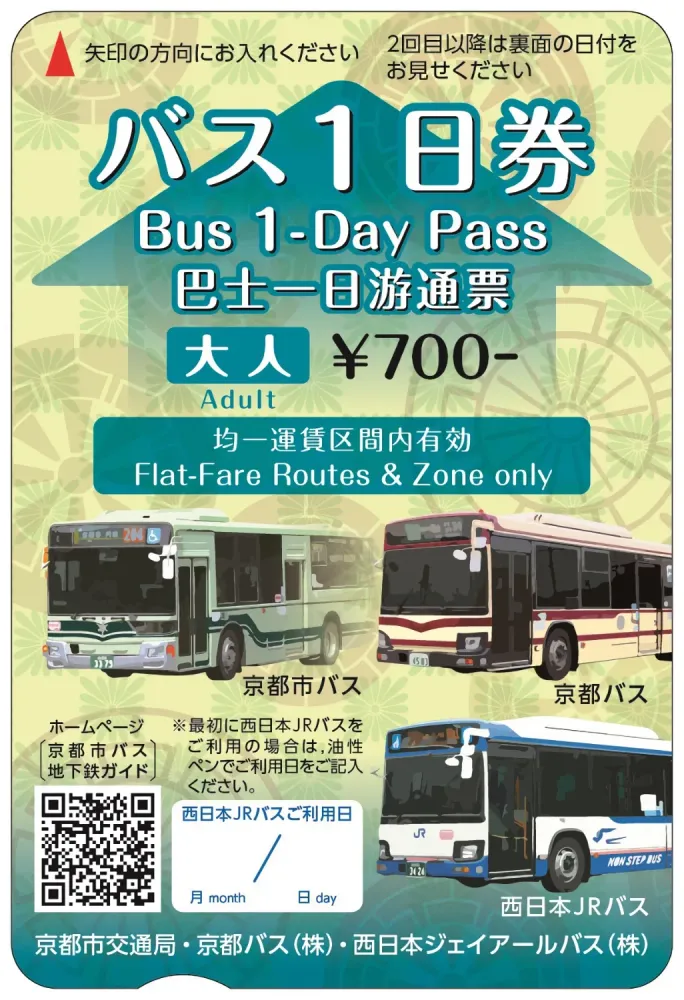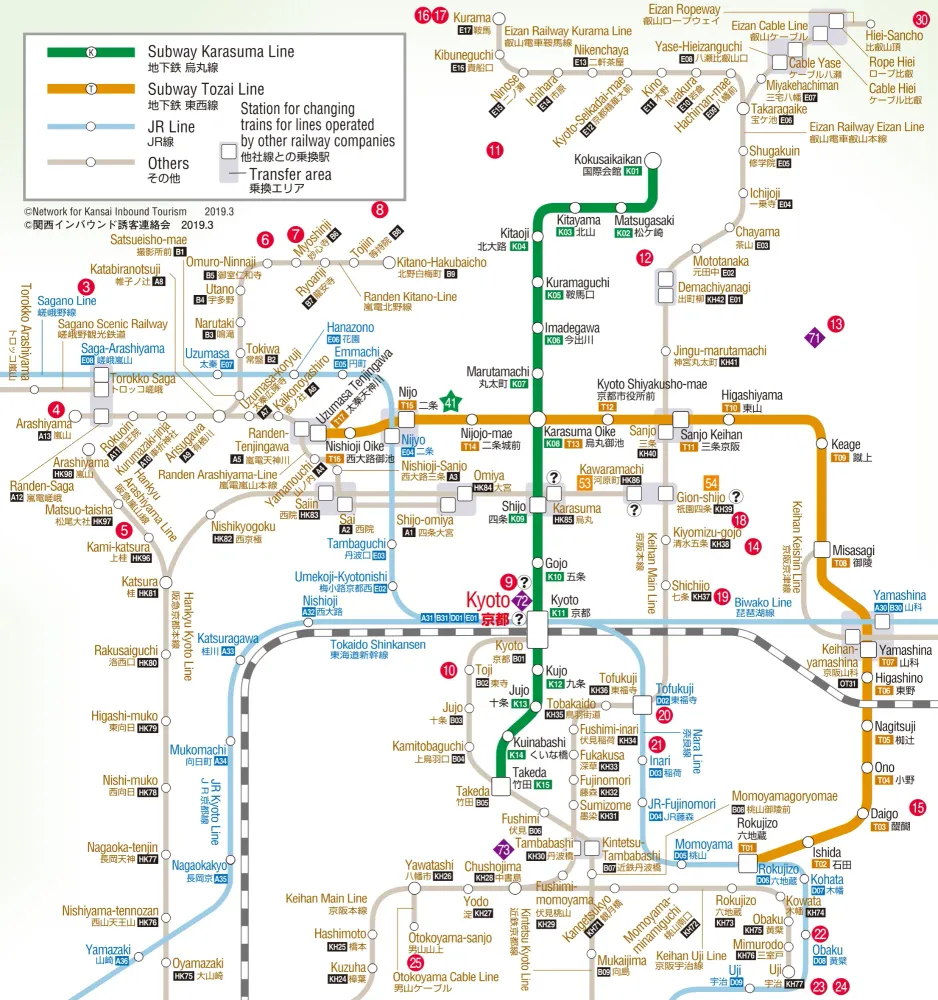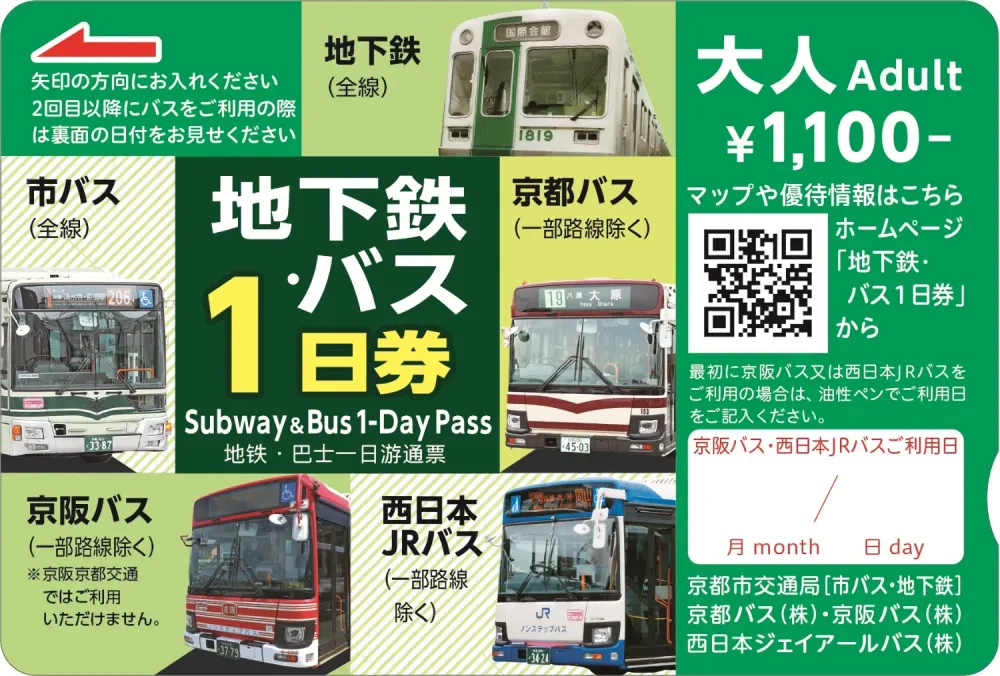We typically recommend getting around Kyoto by bus, as it has the widest coverage, and connects to every major tourist attraction in the city. Each ride costs a flat fare of ¥230. A one-day bus pass used to be available, but they were abolished in September 2023.
Do note that buses can get rather crowded during peak hours, and can get stuck in traffic jams. As an alternative, you can also consider the train where possible, for example to Arashiyama, as trains are faster but don’t cover as many places.
There are also five major railway companies that operate in Kyoto: JR West, Kyoto Subway, Hankyu, Keihan, and Kintetsu.








